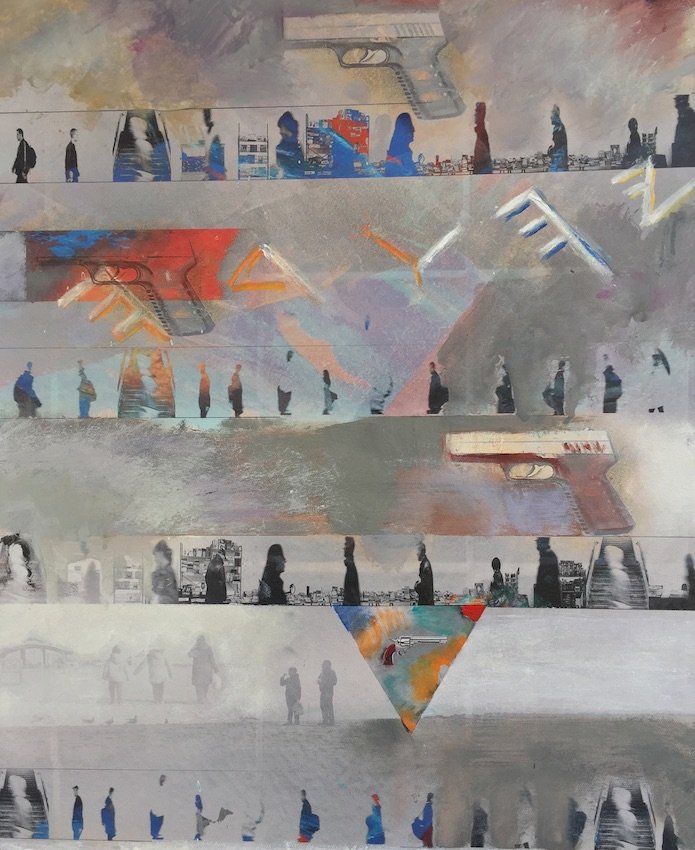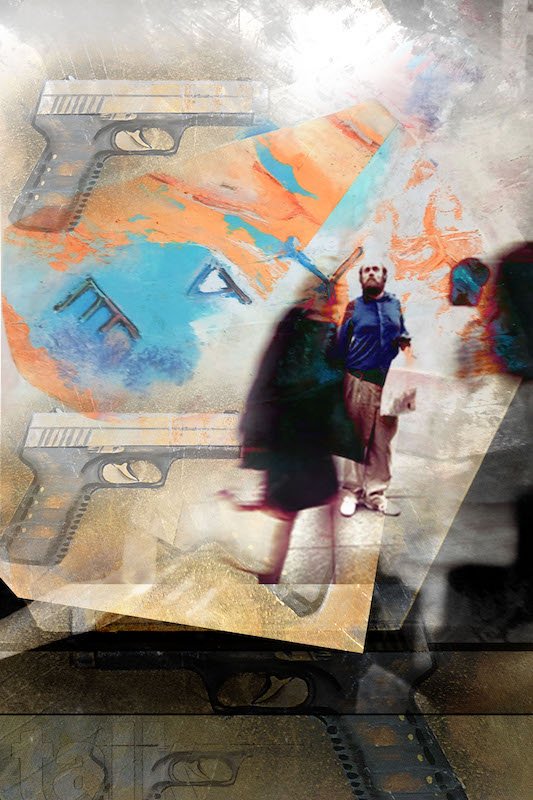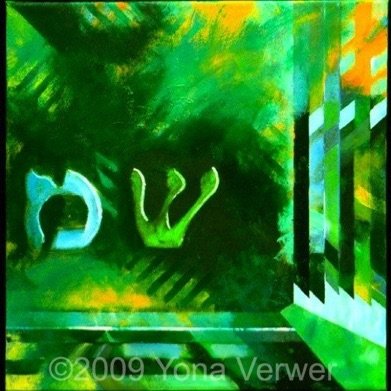Urim & Tumim - Yona Verwer
Click on images for full view
Scroll down for Urim & Tumim info
Urim & Tumim 5
Urim & Tumim 7
Urim & Tumim
Urim & Tumim,
Urim & Tumim,
Urim & Tumim,
Urim & Tumim - Yehudah 12, Acrylic on canvas,
Urim & Tumin - Dan, Acrylic on canvas,
Urim & Tumim - Reuben, Acrylic on canvas,
Urim & Tumim - Yehudah 1, Acrylic on canvas,
Urim & Tumim - Gad 2, Acrylic on canvas,
Urim & Tumim - Joseph, Acrylic on canvas,
Urim & Tumim, Acrylic on canvas,
Urim & Tumim - Shimon 1, Acrylic on canvas,
Urim & Tumim - Yehudah 2, Acrylic on canvas,
The Urim and Tumim were part of a biblical tool of prophecy known as “The Breastplate of Judgment.”
The original breastplate was mounted with twelve precious stones, upon which were engraved the names of the Twelve Tribes. According to the Zohar, the foundational work iin the literature of Jewish mystical thought known as Kabbalah, the Urim and Tumim were the forty-two and seventy-two letter secret names of G‑d placed in the folds of the breastplate.
IIn biblical times during war and national crisis, this breastplate was worn and consulted by the Jewish High Priest.
Upon meditation, individual letters would sparkle or bulge out up to display prophetic messages. Text messages from above!
IIn our days of current conflicts we are looking for a direct connection with a higher source of guidance.
The first six images (Urim & Tumim) emphasize the oracle’s war aspect. Consulting the Urim and Tumim was permitted for determining territorial boundaries. These six artworks are a collaboration with Katarzyna Kozera. They contain Augmented Reality: embedded videos viewable on tablets or smart phones.
The other paintings, with the tribal names, show the stones’ facets' inner light, as well as describe the mystical energy of the stones. Most of them are painted in the Paleo-Hebrew characters in use at that time.
More about the Urim and Tumim in ancient times:
The Urim and Tumim, which translates to "Light and Truth", were being put into the breastplate, implying they were objects put into some sort of pouch within it; they were presumably small and fairly flat, and were possibly tablets of wood or of bone.
The first reference to Urim and Tumim in the Bible is the description in the Book of Exodus concerning the high priest's clothing (Exodus 28:30). Consulting them was said to be required, in addition to permission from the king or a prophet, if there was an intention to expand Jerusalem or the Temple in Jerusalem. They were only permitted to be consulted by very prominent figures such as army generals, and kings, and the only questions which could be raised were those which were asked for the benefit of the people as a whole. Other books, especially 1 Samuel, also describe their uses in divination.
The Urim and Tumim were lost when Jerusalem was sacked by the Babylonians.
Copyright Yona Verwer & Katarzyna Kozera, 2008-2022. All rights reserved.














